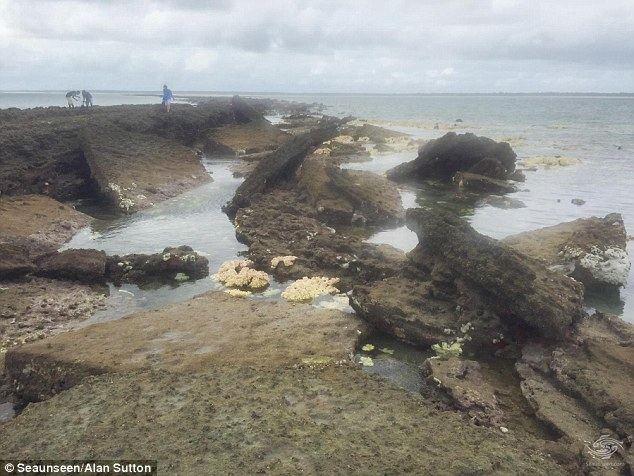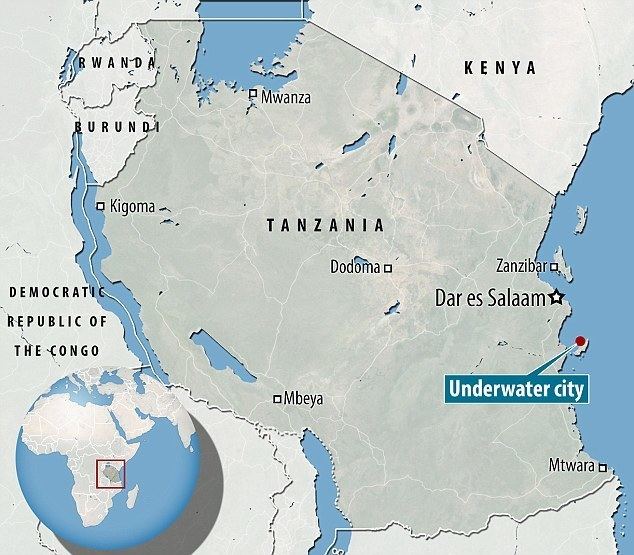 | ||
Sunken treasure rhapta
Rhapta (Ancient Greek: Ράπτα) was a marketplace on the coast of Southeast Africa, which first rose to prominence in the 1st century CE. Its location has not yet been firmly identified, although there are a number of plausible candidate sites. The ancient Periplus of the Erythraean Sea described Rhapta as "the last marketplace of Azania," two days' travel south of the Menouthias islands (Chapter 16).
Contents

According to Claudius Ptolemy, Diogenes, a merchant in the Indian trade, was blown off course from his usual route from India, and after travelling 25 days south along the coast of Africa arrived at Rhapta, located where the river of the same name enters the Indian Ocean opposite the island of Menouthias. Diogenes further describes this river as having its source near the Mountains of the Moon, near the swamp whence the Nile was said to also have its source.

Rhapta is also mentioned by the 6th-century author Cosmas Indicopleustes.
Location
G.W.B. Huntingford lists five proposed locations for Rhapta:

Huntingford dismisses the first two as being too close to Zanzibar and Pemba islands (which he identifies with Menouthis, and follows the author of the Periplus in locating Menouthis north of Rhapta). He observes that there is no river at Msasani, and thus concludes Kisuyu or the Rufiji delta are the most likely candidates. However, J. Innes Miller points out that Roman coins have been found on Pemba; that the Ruvu emerges near the Kilimanjaro and Meru mountains — which confirm the account of Diogenes; and that an old inscription in Semitic characters has been found near the Pangani estuary, which make Pemba a likely candidate for Rhapta.

In recent years, professor Felix Chami has found archaeological evidence for extensive Roman trade on Mafia Island and, not far away, on the mainland, near the mouth of the Rufiji River, which he dated to the first few centuries CE.
Goods
Which goods were traded at Rhapta is disputed. The Periplus only states that it was a source of ivory and tortoise shell. J. Innes Miller argues that Rhapta formed an important link in the trade route between what is now modern Indonesia and consumers in the Mediterranean region. Miller notes that ancient authorities (e.g. Herodotus 3.111) state that cinnamon and cassia bark were harvested in Africa, yet these species until recently were found only in Southeast Asia. Miller points to the well-documented cultural links between Indonesia and East Africa (e.g., the Malagasy language is related to Malay, both people use double outrigger canoes). He then posits that the use of monsoons began far earlier than previously thought, allowing traders to bring their spices westward perhaps as early as the 2nd millennium BC.
It is possible that both the account of the Periplus and at least part of Miller's theory are correct, for the Periplus focuses on the availability of tortoise shell, and its silence about other goods should not be taken as evidence that other goods were not traded.
